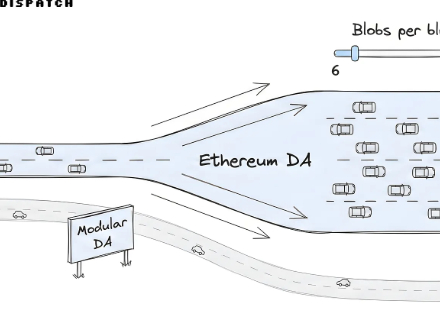-
The Federal Housing Finance Agency (FHFA) has officially integrated cryptocurrencies into mortgage risk assessments for Fannie Mae and Freddie Mac, signaling a pivotal shift in US housing finance policy.
-
This landmark decision allows digital assets to be recognized as reserve assets, streamlining the borrowing process for crypto holders without requiring conversion to fiat currency.
-
According to FHFA Director William J. Pulte, this move is the result of extensive analysis and aligns with the broader objective of positioning the United States as a global leader in cryptocurrency adoption.
FHFA’s new directive includes cryptocurrencies in mortgage risk calculations, enhancing loan accessibility and reflecting the growing role of digital assets in US housing finance.
FHFA’s Directive Marks a Milestone in Crypto Integration within US Mortgage Lending
The Federal Housing Finance Agency’s recent announcement to incorporate cryptocurrencies as recognized assets in mortgage risk assessments represents a significant evolution in the regulatory landscape. This policy change, affecting Fannie Mae and Freddie Mac, the two government-sponsored enterprises (GSEs) central to the US housing market, acknowledges the increasing legitimacy and financial influence of digital currencies. By allowing crypto holdings to be counted directly as reserve assets, the FHFA eliminates the previous requirement for borrowers to liquidate these assets into US dollars before qualifying for loans. This adjustment not only expedites the mortgage approval process for crypto-asset holders but also reflects a broader institutional acceptance of blockchain-based financial instruments.
Implications for Borrowers and the US Housing Market
For prospective homebuyers holding cryptocurrencies, this directive could lower barriers to entry by expanding the pool of acceptable collateral. Traditionally, lenders have relied on liquid fiat assets to assess borrower solvency, often disregarding the growing wealth stored in digital currencies. The FHFA’s decision signals a shift towards more inclusive underwriting standards, potentially increasing liquidity in the housing market. Moreover, this move may encourage further innovation in mortgage products tailored to crypto investors. Industry analysts suggest that recognizing crypto assets in loan risk models could stabilize borrowing costs and enhance credit access, particularly for younger demographics who are more likely to hold digital assets.
Regulatory Context and Alignment with National Crypto Strategy
The directive issued by FHFA Director William J. Pulte comes amid a broader federal initiative to foster cryptocurrency adoption within the United States. Since the 2008 financial crisis, Fannie Mae and Freddie Mac have operated under government conservatorship, focusing on market stability and liquidity. Integrating cryptocurrencies into their risk frameworks aligns with President Donald Trump’s administration’s agenda to position the US as a global crypto hub. This regulatory evolution reflects a pragmatic approach to emerging financial technologies, balancing innovation with risk management. By formally recognizing digital assets, the FHFA sets a precedent for other regulatory bodies to consider similar adaptations in their frameworks.
Expert Perspectives from COINOTAG
William J. Pulte emphasized that the decision followed “significant studying” and was designed to modernize risk assessment methodologies. COINOTAG sources highlight that this approach could serve as a blueprint for integrating other non-traditional assets into financial regulations. Experts note that while volatility remains a concern, the increasing market capitalization and institutional adoption of cryptocurrencies justify their inclusion as reserve assets. This development may also prompt secondary markets and lenders to innovate new financial products that leverage blockchain technology, further embedding crypto into mainstream finance.
Future Outlook: Bridging Traditional Finance and Digital Assets
The FHFA’s directive is likely to catalyze further integration of cryptocurrencies into conventional financial systems. As digital assets gain recognition in mortgage lending, other sectors may follow suit, potentially reshaping credit markets and asset management strategies. Stakeholders are encouraged to monitor regulatory updates closely and consider the implications for portfolio diversification and risk assessment. This policy change underscores the necessity for financial institutions to adapt to evolving asset classes and consumer preferences, ensuring competitiveness in a rapidly digitizing economy.
Conclusion
The inclusion of cryptocurrencies in mortgage risk assessments by the FHFA marks a transformative moment for US housing finance and digital asset regulation. By validating crypto holdings as reserve assets, this directive enhances loan accessibility and aligns with national objectives to lead in cryptocurrency adoption. As the financial ecosystem continues to evolve, this development highlights the growing convergence between traditional finance and blockchain innovation, setting the stage for more inclusive and dynamic lending practices.




